California Safari
What do an aoudad, a hammerkopf, a California scrub oak, an Abyssinian hornbill, and a red river hog, all have in common?
These all live and thrive together, along with hundreds of others from Addax to Zebra, at Safari West in northern California.
We were a family of three that April weekend: Karin and myself plus our grandson Bryce, a tall gangly 12-year-old with an impish grin. We decided to forego the usual movie and/or beach hike, and try out the taste-of-Africa experience a few hour’s drive north.
WHAT’S IT ALL ABOUT?
Calling themselves “the Sonoma Serengeti”, Safari West has a large complement of African game species, but also actually hosts animals from other parts of the world as well. The compound sits on about 400 acres of hilly rural countryside, just a few miles outside Santa Rosa in Sonoma County, California. There, a wandering series of fences and rugged dirt roads meanders among more than 1,000 head of more than 100 different species.
I’ll encourage you to check out the Safari West website, if for no other reason than to see excellent pictures of some of the animals we saw, and also many picture of animals we did not get to see. Follow THIS LINK.
At the southern end of the compound, just off of Porter Creek Road, are the main buildings and some of the exhibits. Farther into the area, a small lagoon is surrounded by tent cabins for visitors wanting an overnight stay. Beyond the cabins, there are only access roads and animal huts/shelters.
Around the compound, some nicely-done metal sculptures help to set the proper mood…
It’s a pretty spiffy compound overall, and it must be attractive and comfortable, because local wildlife is always dropping in for a visit or an extended stay. This wood duck seemed completely at home.
IS IT JUST A BIG ZOO?
Well, yes and no. All of the animals are very accustomed to humans, so it’s definitely not “wildlife” in the truest sense of the term. There are some animals in cages (mostly the carnivores), and a few in small penned areas; but most of the stock is roaming across acres of natural pasture or woodland. And a lot of the stock, while used to people, don’t necessarily like having humans around. In many places, we needed to be very quiet, keeping our voices low — kinda like a real safari.
While “on safari”, we were strenuously cautioned never to leave the vehicle, for we’d be touring inside the enclosures and not protected by any fence or moat. Thus wandering among the animals, and closely confined to the Land Rover 4×4, we often felt that WE were the ones in a cage. And that’s as it should be.
For example, during our tour far back into the compound, there was a small band of cape buffalo, taking a siesta at the base of a tower for a power line that transitions the area. These notoriously ill-tempered beasts have 4-foot-wide hooked horns, which they back up with 3/4 of a ton of muscle and an attitude to match. The only thing that separated us from them was 75 yards of grassy hill.
We were polite.
CHECKING IN
We didn’t have to stay overnight; the trip was about 2.5 hours each way, and we could have made it a (long) a day trip. But the overnighter made it much more relaxed, and we were able to better immerse ourselves in the experience. (Also, we were able to stop by Sausalito and see the houseboats, while on our way.)
We walked up from the road-side parking lot and across the dusty driveway and checked in, pretty much like a normal hotel. Then, a friendly staffer golf-carted us up the roadway, alongside a pretty lagoon, to a group of tent cabins — all on stilts up against a wooded hillside. It was decidedly rustic, a teeny bit rugged, and definitely had some cool to it.
WALKING AROUND
All around the part of the compound near the access road, are different enclosures and exhibits. Without even going on a paid tour, we could make acquaintances with giraffes, lemurs, porcupines, flamingoes, and a host of other critters.
The Aviary was a treat — big enough for the birds to easily take flight, but not so huge that you couldn’t see them. During this month of April, many birds were mating or nesting. Some, like this spoonbill and ibis, spent most of their time on the ground, or in the water.
When they flew, they’d then perch for a nice photo, silhouetted against the screen canopy.
Here’s a pair of storks in the middle of their courting routine.
Along our walk through the aviary, one of the cranes developed a deep fondness for me, and wouldn’t leave my side for quite a ways. He had a crooked toe, probably from his egg being rolled wrongly during incubation. He did not seem at all self-conscious about it; apparently cranes have excellent self-esteem.
The speckled guy behind the orange ibis is extremely shy — so much so that even the guide was surprised to see him. It’s called a “Lady Amherst’s Pheasant”, and it’s just gorgeous.
It was not explained to us what this small deer-like creature was doing living in the aviary. But this Blue Duiker and his feathered companions seemed to get along quite well.
Some of the birds don’t “play well” with other birds, and they have their own enclosures. Unfortunately, these are not able to be walked through, so photos of this hornbill had to be taken through this obnoxious metal screen.
Outside the aviary, the flamingoes have their own idyllic pond. There’s only a low guardrail, no screen or cage — so the birds require occasional trimming of their wings to keep them from flying away.
Apparently, when a flamingo wants to take a nap, it’s no problem to balance on one spindly little leg — but it’s way too much trouble to hold your head up.
In their own pen (duh), the warthogs were as hideously beautiful as ever.
THE TOURS
We didn’t know exactly what to expect, so we booked two different tours — the hour-long “Behind the Scenes” tour, and the 2-3 hour “African Safari” tour, for a representative sampling. While we were out-and-about, we saw a group with massive lenses and motor-drive DSLR cameras — likely on the “Photographic Expedition” tour.
Having personally been to Africa, and taken many different tours, I can attest to the authenticity of the experience. The rough-hewn Land Rovers are the genuine article, all the way down to the holes in the floorboards and the unfettered-by-catalytic-converter exhaust sounds and smells. In addition, the old 4×4’s are adorned with a nicely-welded scaffolding of grab rails and steps and upper-perch benches — it’s all “watch your step” caliber, no safety net available. That said, we had youngsters, athletes, and disabled people all riding the big beasts, and all having a fine time of it.
[This is not a tour for people who travel with their liability lawyers’ phone number on speed-dial, waiting for a chance to sue someone. It’s for folks who want to have fun and expect to have to be a bit careful while doing so.]
Tours start out at the open-fire-pit restaurant; the guides are nicely decked out in classic safari togs. The vehicles are vintage Land Rovers, with just the right kind of panache for the job.
Loaded up and rumbling down the dusty roads, there’s no way you feel like you’re in a zoo.
The driver stops frequently, for photos and discussions and explanations.
The roads can run from tame to nail-biters (for folks not familiar with off-roading). We didn’t see anything we wouldn’t easily drive through in Ranger Ralph (our 4×4 pickup), but the guides were restricted from some of the roads recently made soggy by the rains.
In one back-country stretch, an “iffy” road kept us away from a small band of zebra; further in, a lone wildebeest gazed at us through the forest — I was thankful for my long lens.
Rhinos are just too dangerous to roam around loose — they have their own enclosures. They are SO big, so impossibly prehistoric. The keepers make a point to keep them tame and calm and used to humans — it’s not wild, but it’s a better situation overall.
Much of the large open areas are occupied by various antelope species….
…. and some occasional ground-nesting birds.
And ostriches. I am so accustomed to seeing these giants in the desert, or Australian Outback — it looks somehow odd to see them grazing on grassy forested hills. But they seemed pretty happy about it, hardly looking up as we went by.
We were told that the giraffes are warm-climate lovers, and will not come out of their enormous barn if the weather is gloomy. Fortunately, it was a grand sunny morning.
As to be expected (with all the nature films we watch), many of the species were quite familiar to us. But this Red River Hog was new in my experience. A warthog with a makeover.
A HIGH SPOT
One of the most memorable parts of our weekend was our visit to the giraffe compound. These gorgeous animals are truly gentle giants, all the more so for their tameness around humans. However, giraffes in the wild are renowned for their powerful kicks; we did NOT get into their enclosure. What we were allowed to do was feed them eucalyptus leaves, fistfuls of branches at a time.
The charm and magic of feeding these lanky beasts, by hand, face-to-face, is simply extraordinary. [This close-up experience is not a part of the standard Safari tour; we were able to do this on the “Behind the Scenes” tour, and I highly recommend it.]
Another real prize in the front compound is the cheetah enclosure. I was startled by how small these cats are — about the size of a big dog, maybe 100 pounds or so. You can never really get the scale in wildlife films. What’s more, we learned that cheetahs are so relatively weak and fragile (light weight makes for high speed), that — unlike leopards and lions — cheetahs will never tackle any prey more than their own size. Too risky.
In the evenings, the restaurant serves a decent meal, and kids of all ages enjoy roasting marshmallows over the big open-pit fireplace. No, it’s not a circle of rocks out on the savannah — but then, you don’t have to worry about jackals and hyenas swiping your marshmallows either.
There are scores of other species of all shapes and types that live in the compound, and many that we didn’t get a chance to see. But then, Safari West is not a place you only go to once. We’ll be back.
At home, we watch a lot of wildlife and nature films, and it’s always a privilege and a delight. We see the things that can be seen only by photographers who spend WEEKS in the wild, waiting for “that shot”. But that said, there’s still nothing quite like being right next to the creatures, looking them in the eye, and feeling their existence so real and so close.
STILL CURIOUS?

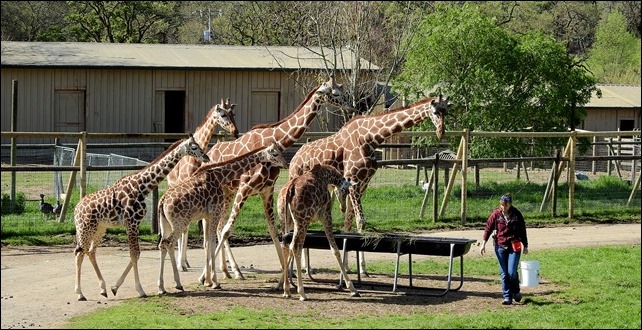
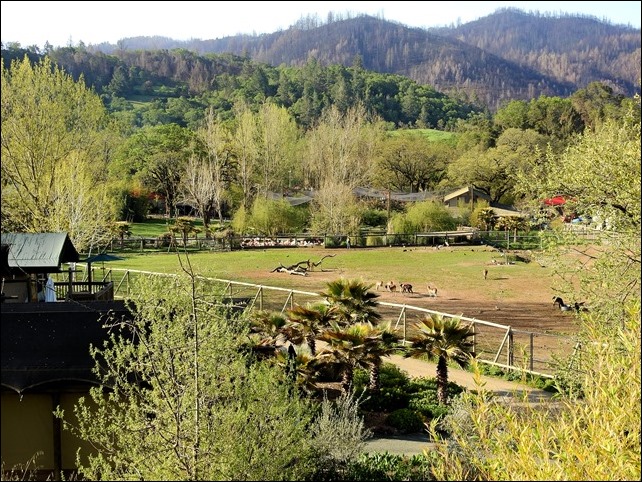
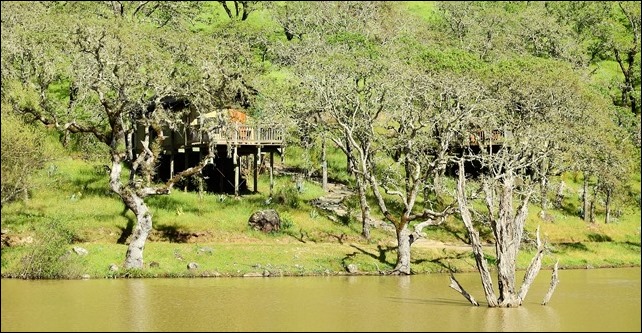
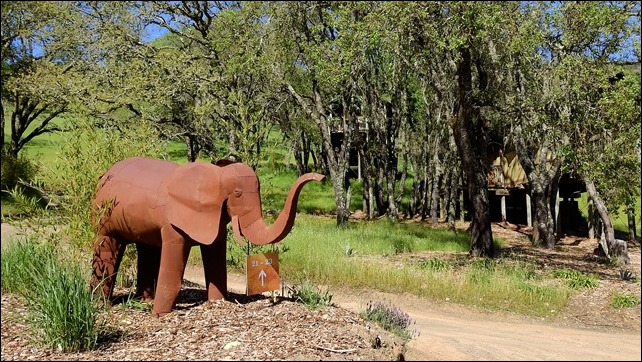
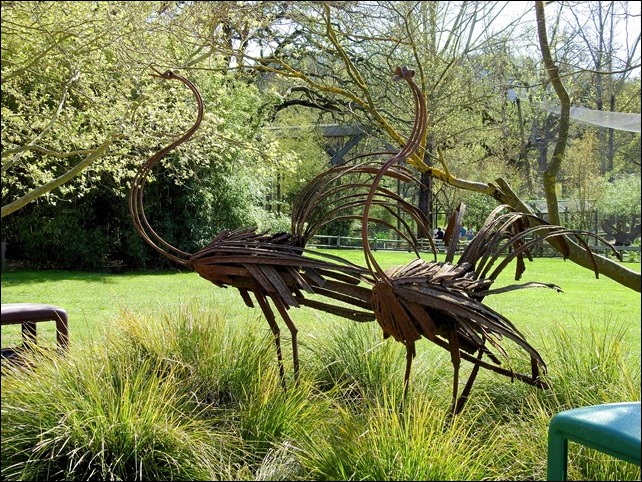
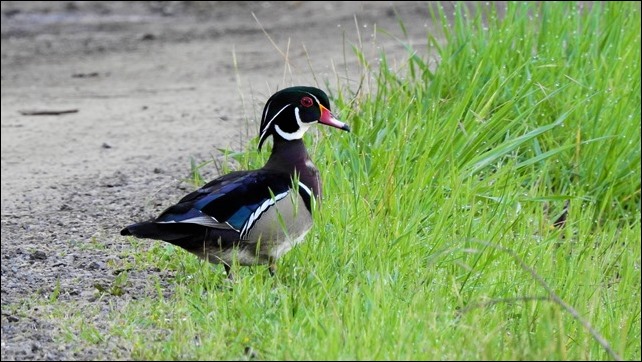
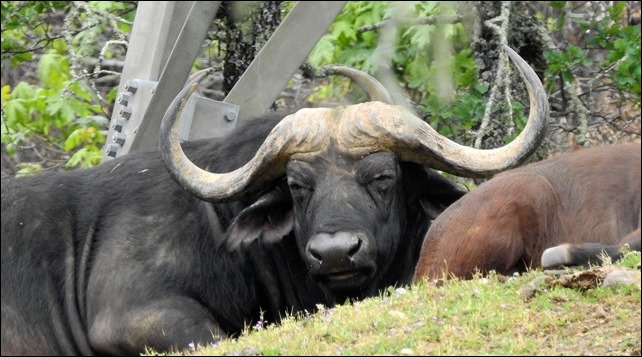
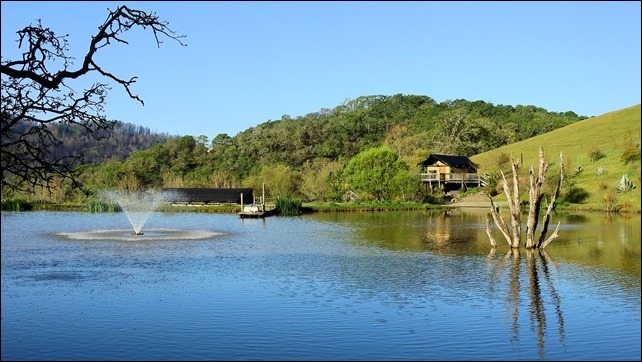
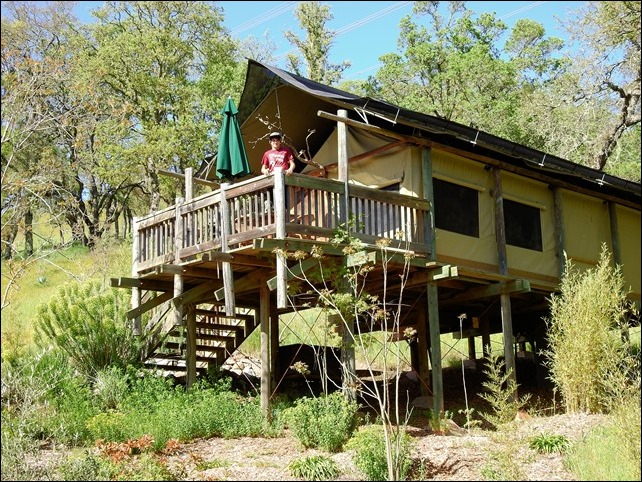
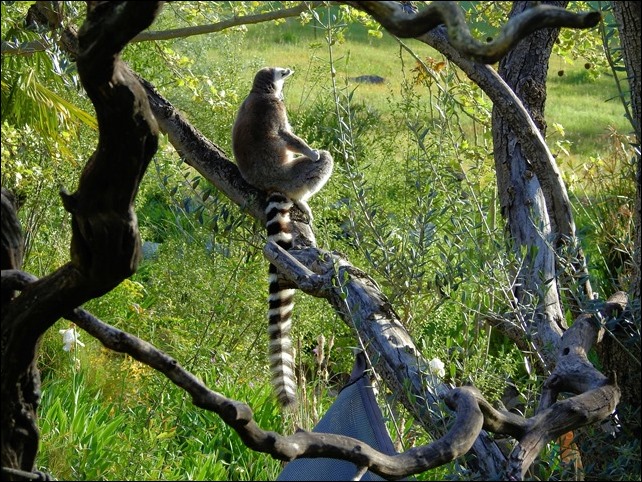
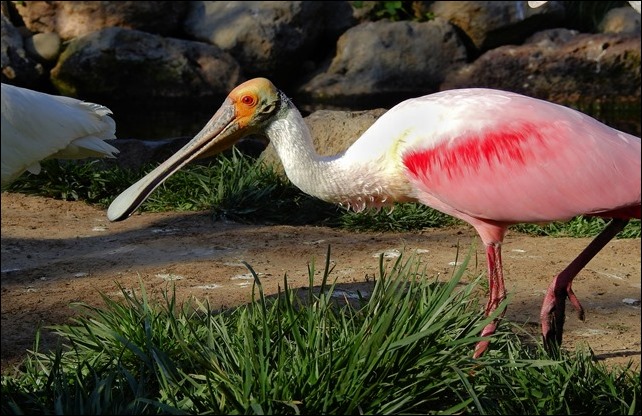
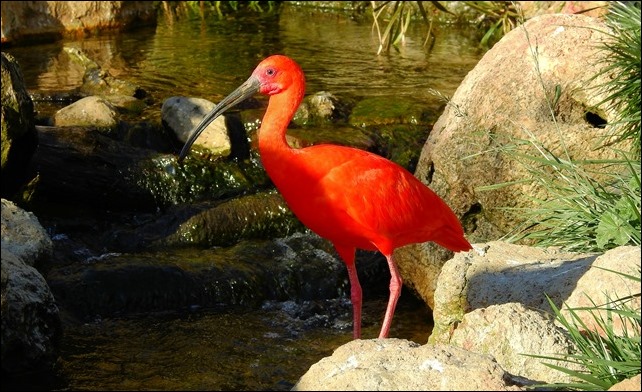
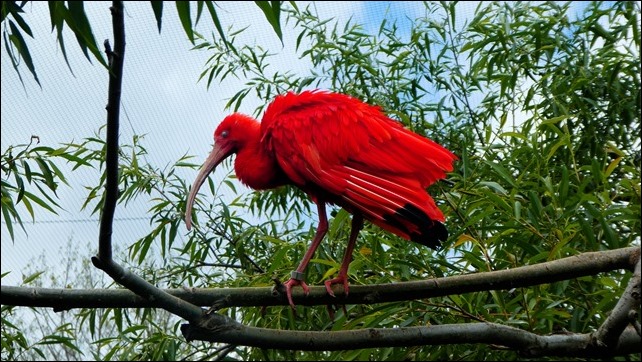
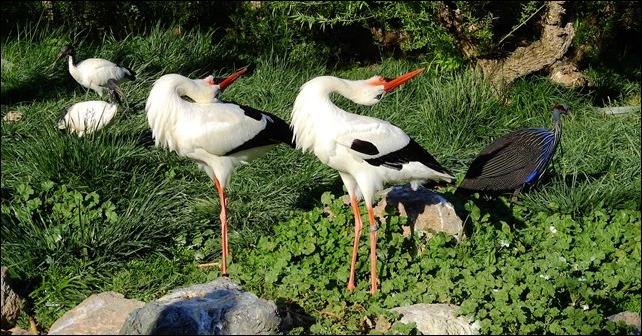
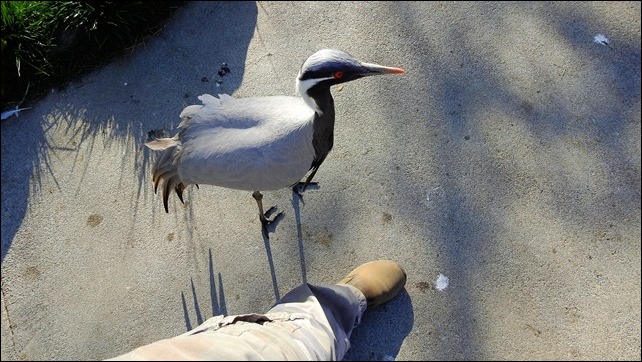
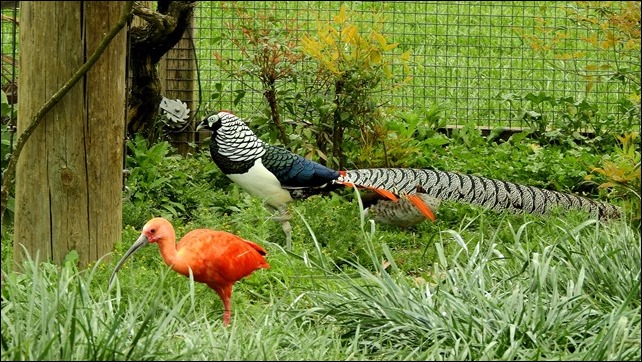
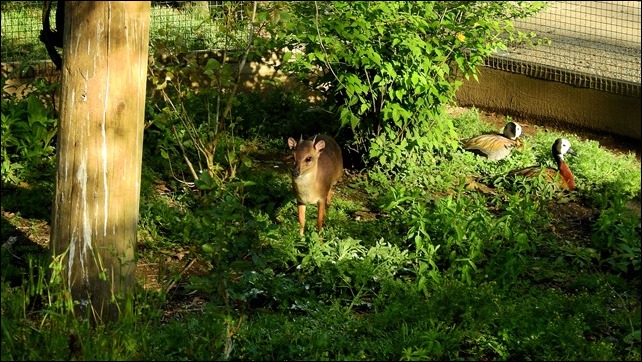
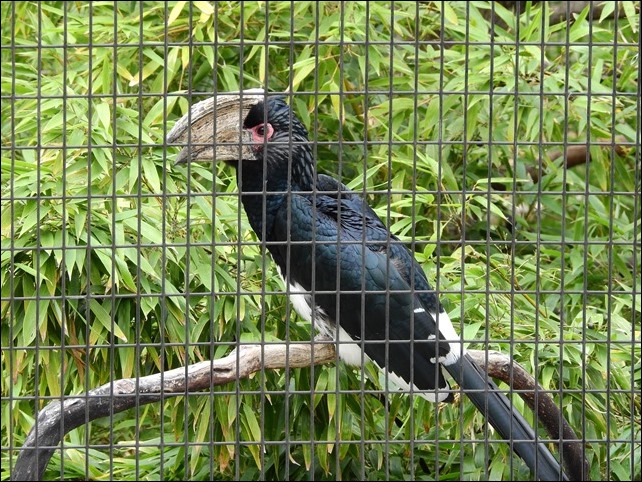
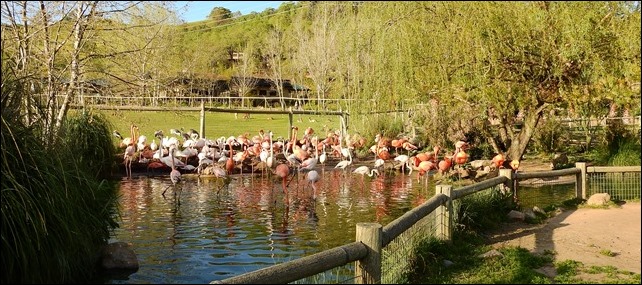
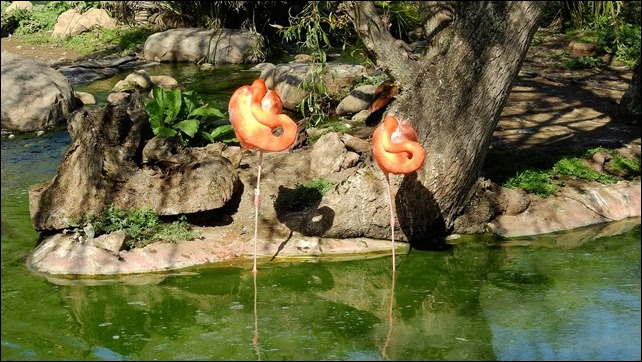
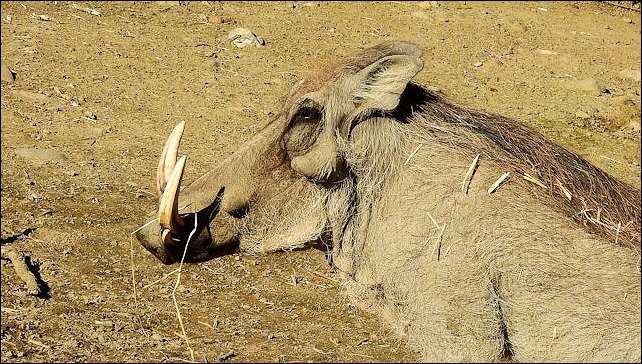
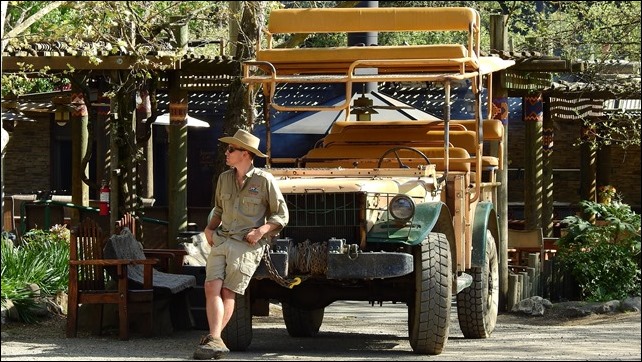
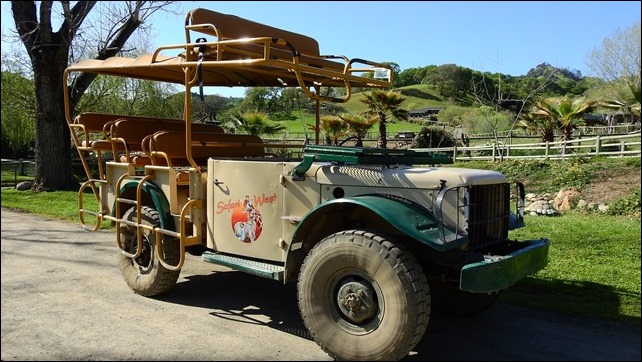
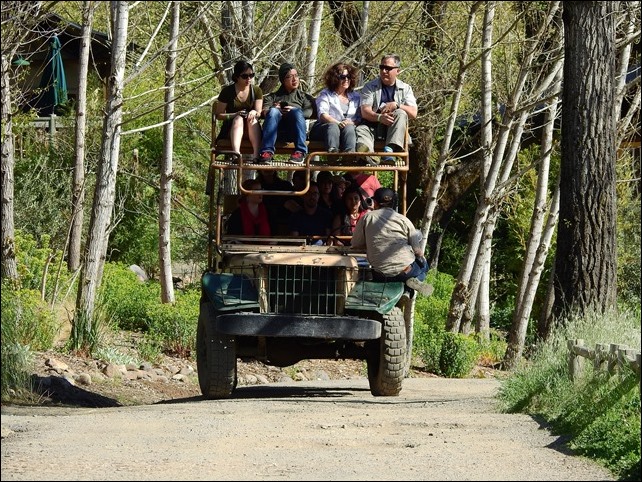
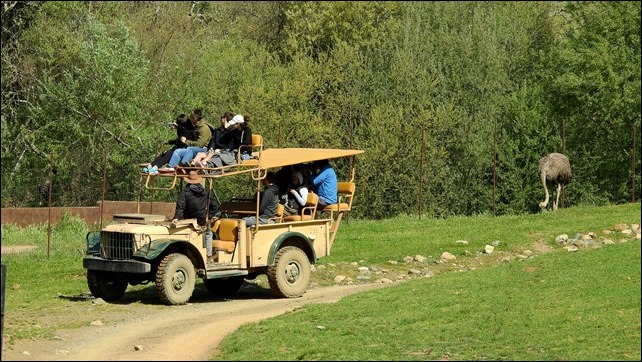
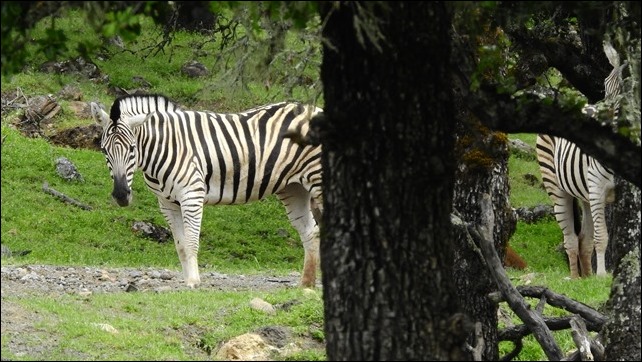
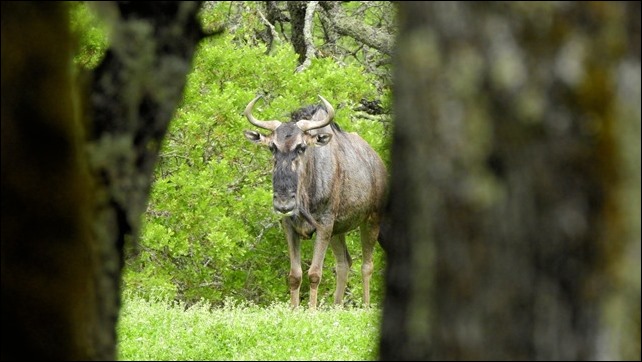
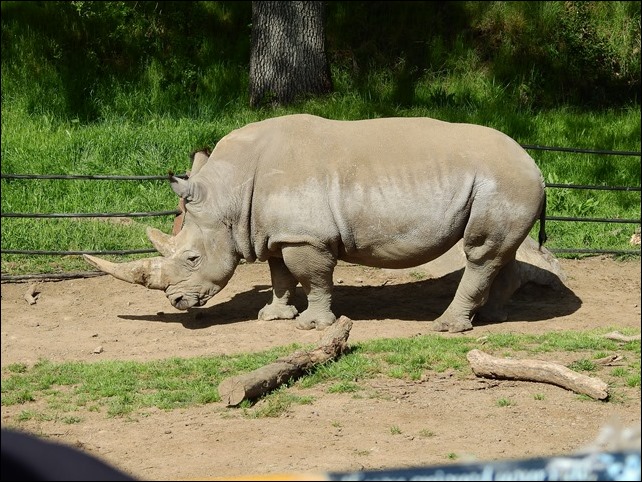
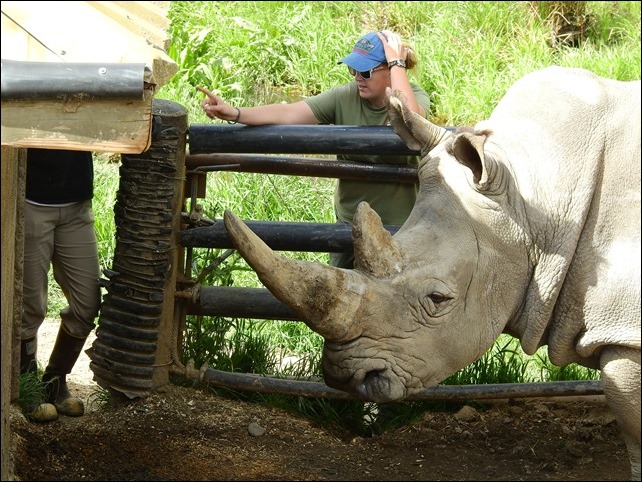
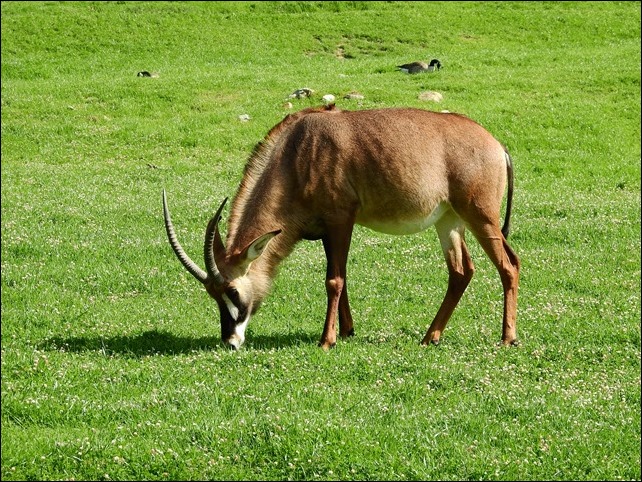
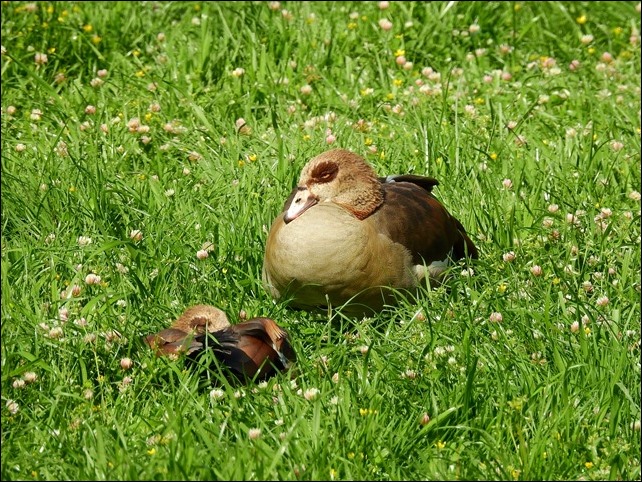
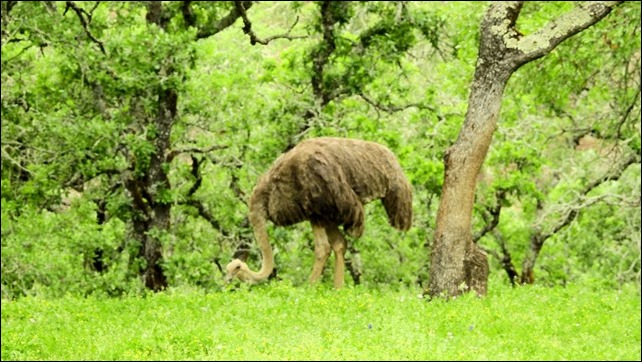
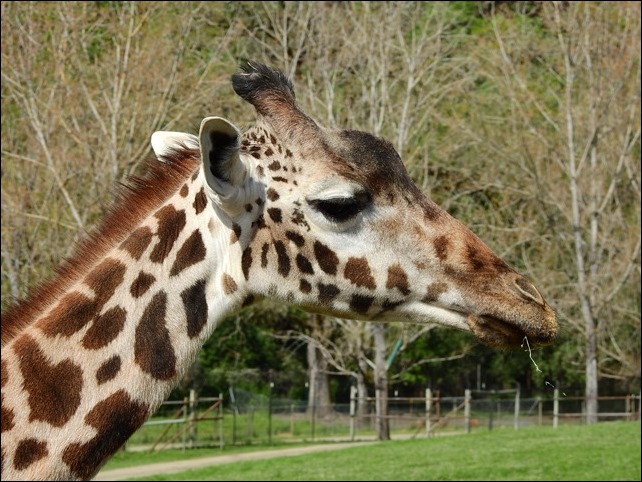
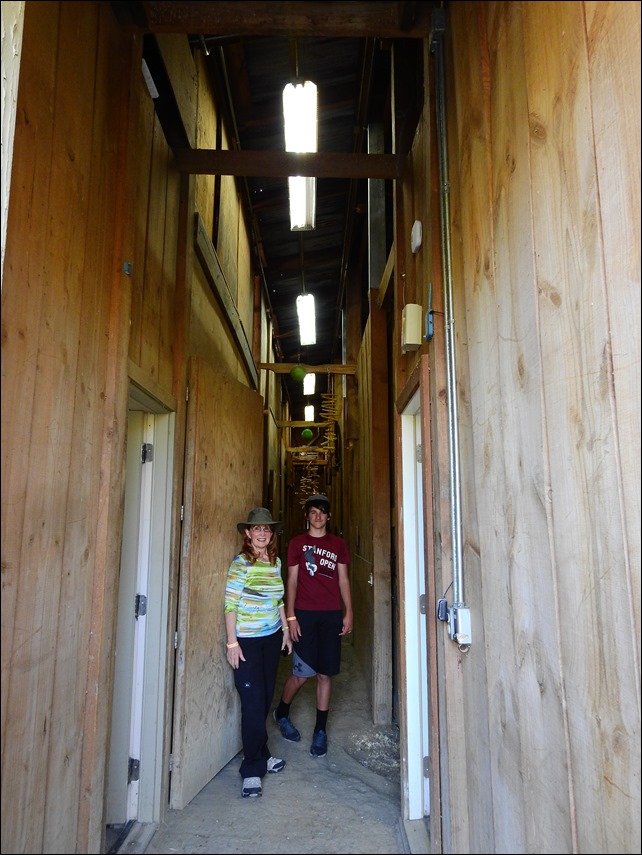
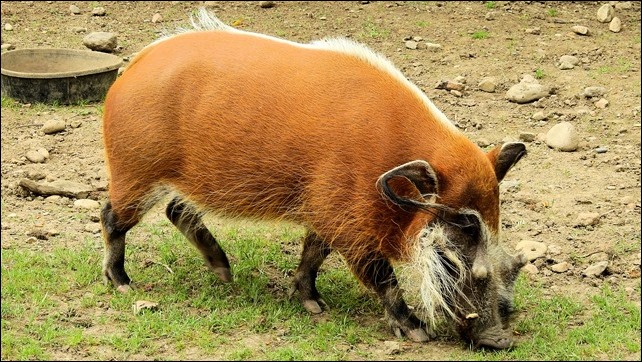
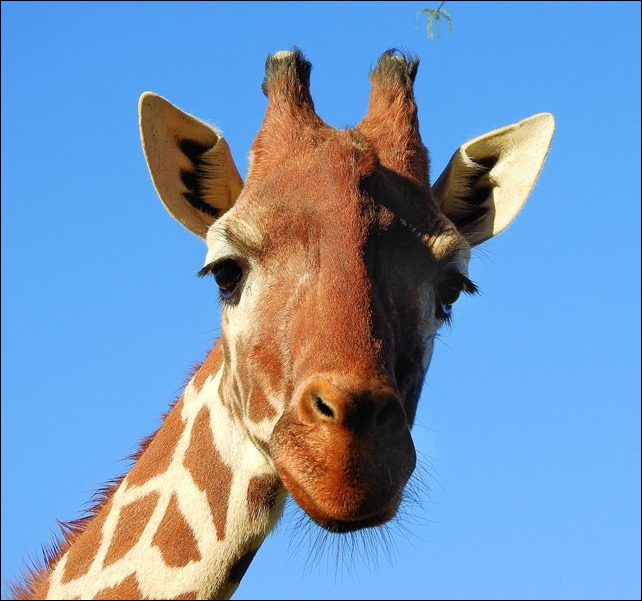
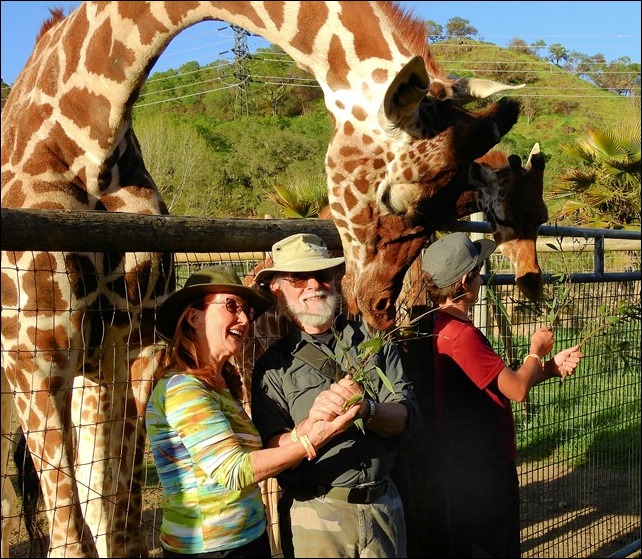
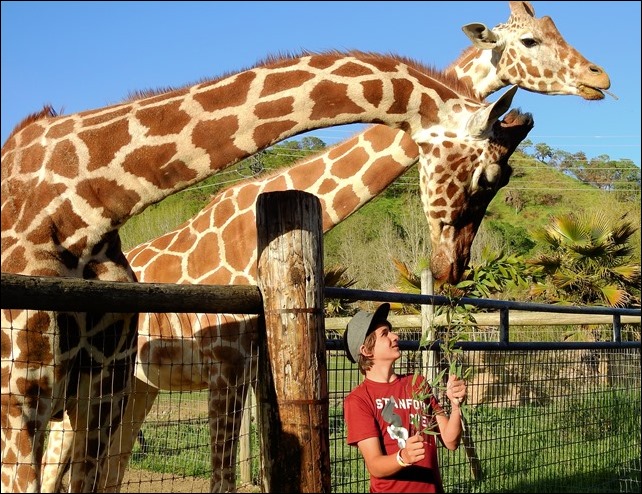
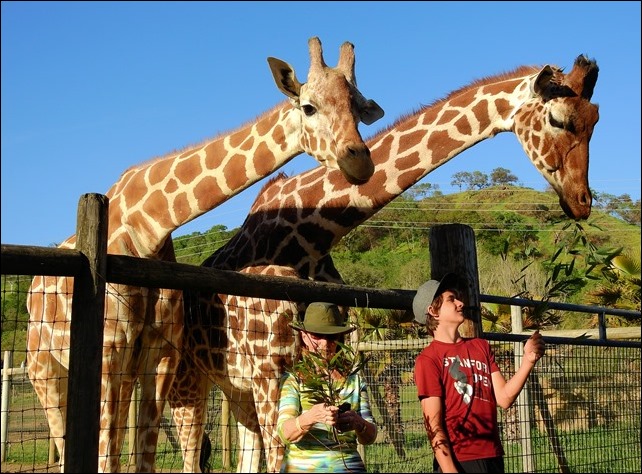
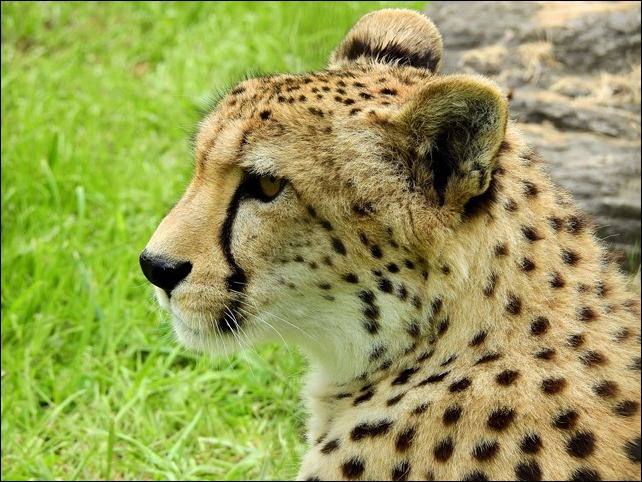
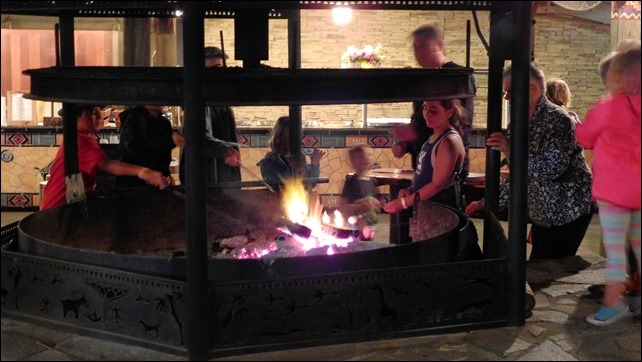
Great story and photos, Greg! Thanks! What a wonderful experience for all of you. I’m curious as to why your backs are to the giraffes as you’re feeding them?
Diane,
Our guide instructed us to back up to the fence to feed the giraffes. I never asked why, and later in the “session” we were feeding them from every angle. Just another un-solved mystery. I’ll have to ask, next visit.
What a great adventure to share with your grandson!